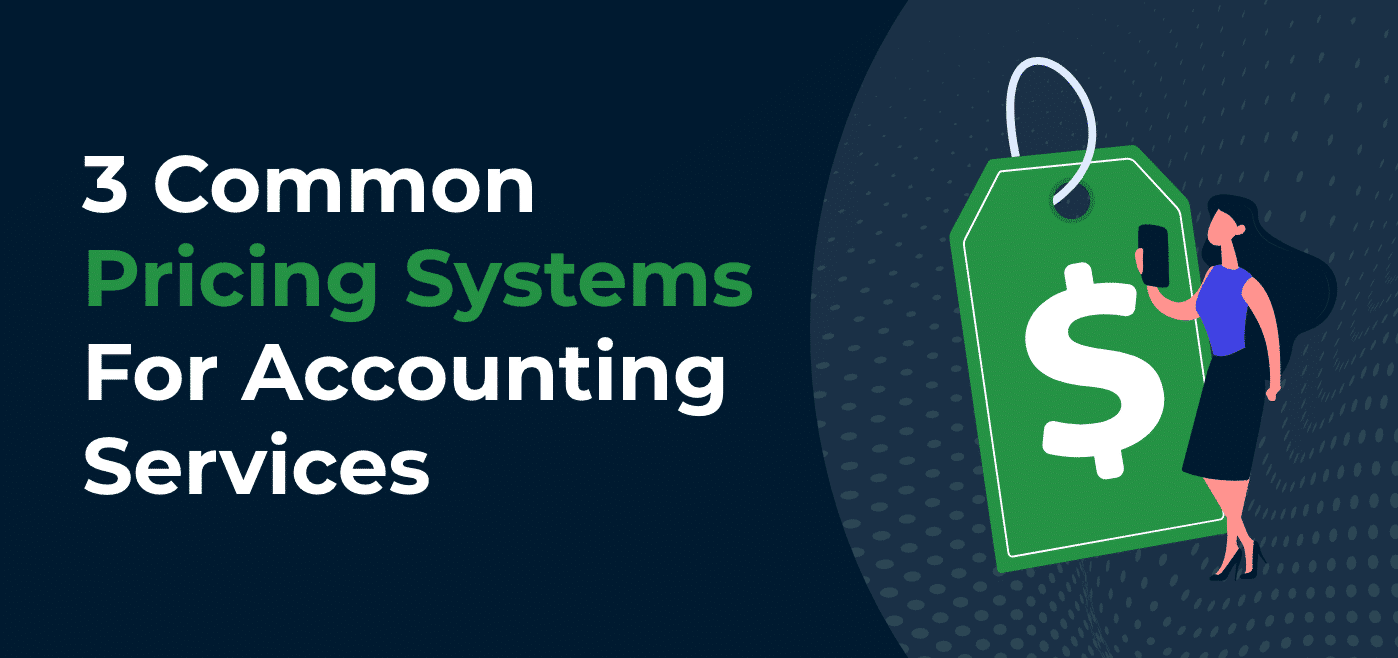One thing new accountants might have trouble with is deciding how to price their services. There is a whole range of services that are part of the duties of an accountant, after all, and there are quite a few areas to cover.
It is not just about covering the cost of your time and operations (office management, accounting management software subscriptions, and so on) and adding on a percentage on top of that to serve as profits. While that does provide a good baseline, it is not enough.
What does my firm need to do to decide on pricing?
One of the first things a budding accounting firm can do to get to a proper pricing system is to examine the prices on the market. If it is a small firm, it should begin by examining the offerings of other firms in the area.
The next step is to decide which market you’re providing for. This can begin with an examination of the size of your operations. What operational loads are you capable of handling? Would your accounting management software be able to manage the finances of large-scale firms, or would you need additional staff to handle such clients? These are just some of the questions you have to ask to determine where to what market you can cater to.
What are some tried and tested strategies?
Pricing strategies from other accounting firms are some of the things you can look at when deciding on your own pricing. Here are just some of these strategies and structures:
1. Cost-plus pricing
This is a basic strategy, one we’ve actually outlined in this article. It involves calculating the cost of your operations (staff salaries, office costs, accounting management software fees, and so on) and adding a percentage on top of that in order to make a profit.
It has some advantages, first that it is easy for your clients to understand. It also allows for profit even when your expenses are variable. However, it does not take your competitors into account and can reduce the value you get from your clients when compared to your service offerings.
2. Flat-fee pricing
Charging your clients a flat fee for your services is beneficial in that clients will know what to expect from your services. It also puts you on the same page as your clients, as the pricing will not be charged afterwards but before. One problem with this, however, is that it is inflexible and is not a reflection of the quality of your services.
3. Competition-based pricing
The laws of supply and demand mean that consumers will tend to favor cheaper prices. That means the pricing of your competition is not something you can ignore. The problem here is that you could end up with prices too low, and can create a passive mindset towards pricing rather than a proactive one.
Final thoughts
Figuring out your place and pricing in the world can be a challenging thing for any business — an accounting firm even more so. With creativity and a good understanding of the market, however, you could find that sweet spot for your firm that results in healthy profits without alienating a large portion of your target market. If you’re looking for an accounting management software, send us at Financial Cents a message. We have the capacity to make this process much easier for you and your firm. Get in touch with us today!






